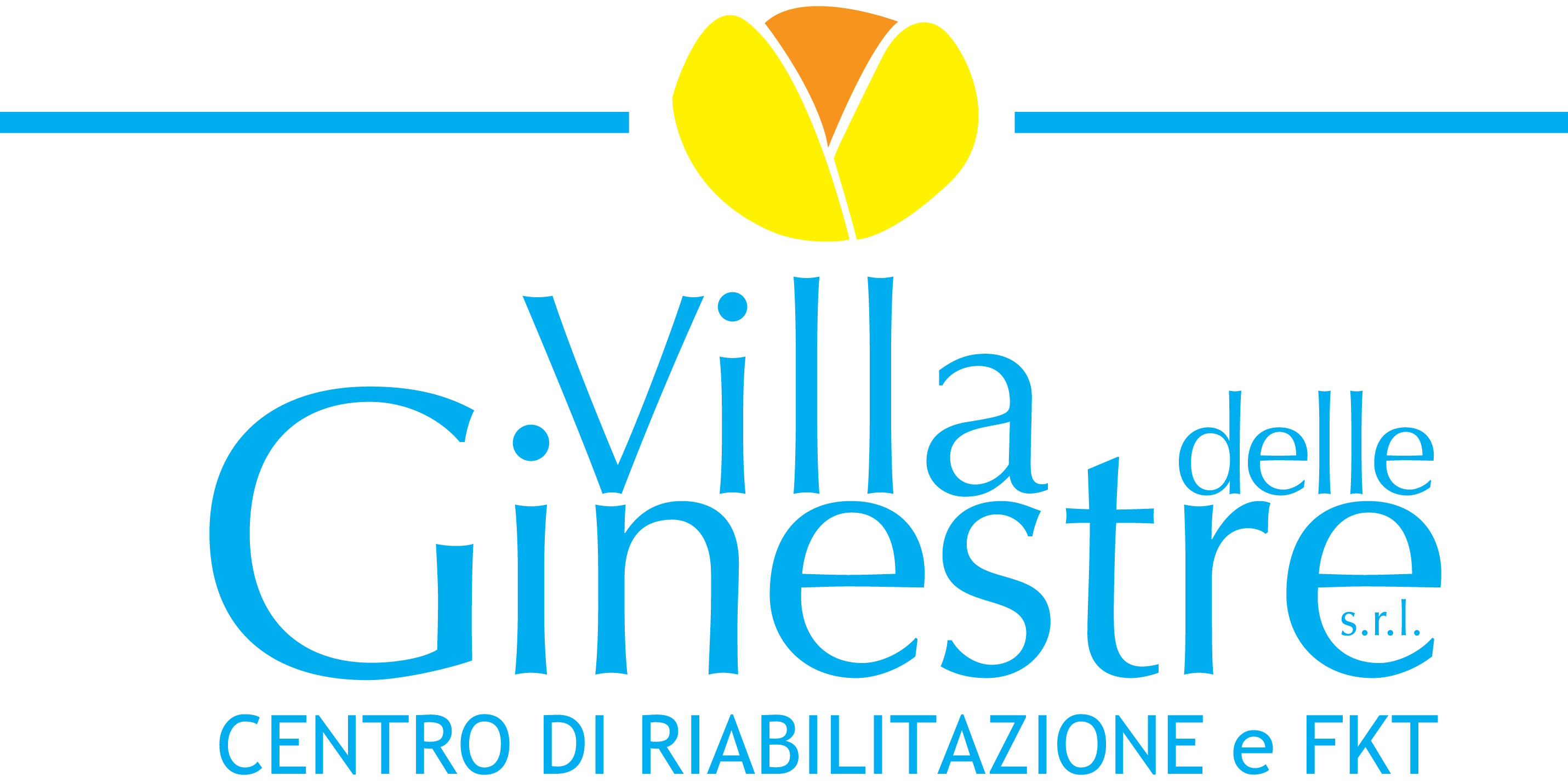The Avatea project aims to create an adjustable seat combined with an interactive visual interface to carry out exercises for habilitation and rehabilitation purposes.
The project moves from an idea linked to the creation of an "adjustable seat combined with an interactive visual interface to carry out exercises for habilitation and rehabilitation purposes". This device to support neuromotor rehabilitation bases its elements of value in the configurability of the system for welcoming patients who can carry out exercises from sitting to standing positions, depending on their needs and starting conditions. As part of the AVATEA project, the intention is to extend the functional and scalable configuration framework of the device, expanding the number and type of sensors and intervening, with the addition of actuators, with the aim of creating a complete rehabilitation support system , highly immersive and responsive, capable of mechanically configuring itself to support specific therapeutic sessions for various levels of deficit, even serious ones, to support the treatment process of all cases that fall within the scope of DCD (Developmental Coordination Disorder) .Funding Programme
POR CAMPANIA FESR 2014/2020
Date
Start: Nov 5, 2018
End: Nov 30, 2020
Project Leader
Protom
Share









